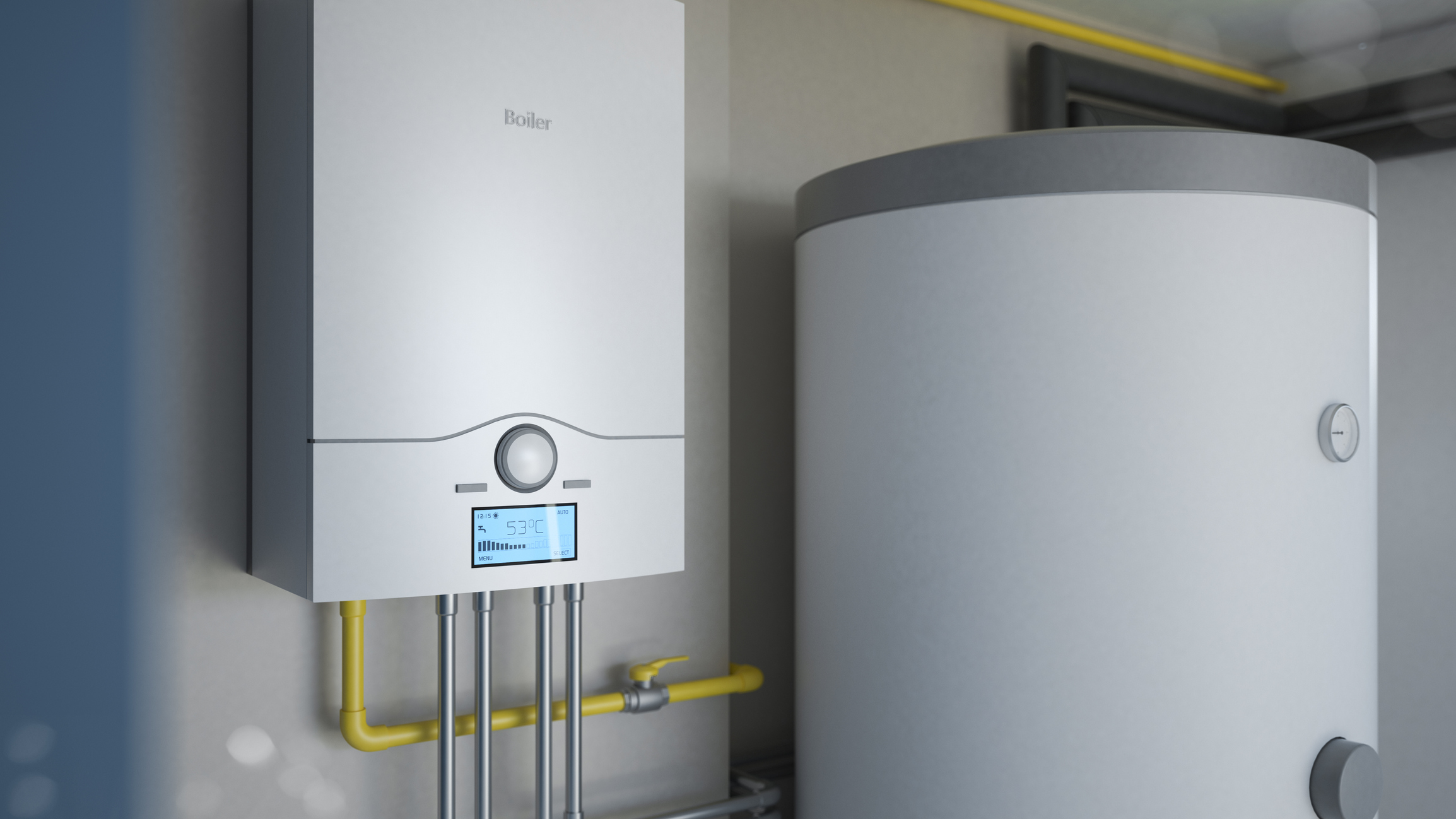Ensuring Longevity of Your Home's Hot Water System: Maintenance AdviceHow to Maintain Your Home's Hot Water System Functioning Well
Ensuring Longevity of Your Home's Hot Water System: Maintenance AdviceHow to Maintain Your Home's Hot Water System Functioning Well
Blog Article
What are your ideas with regards to What Kind of Maintenance Do Water Heaters Need??

Hot water is necessary for day-to-day comfort, whether it's for a revitalizing shower or cleaning dishes. To ensure your warm water system runs efficiently and lasts much longer, routine upkeep is essential. This write-up gives practical ideas and understandings on how to maintain your home's warm water system to prevent disturbances and expensive repair services.
Introduction
Preserving your home's warm water system might appear daunting, however with a couple of easy actions, you can ensure it runs smoothly for several years to find. This overview covers whatever from recognizing your warm water system to DIY maintenance ideas and knowing when to contact professional help.
Significance of Maintaining Your Hot Water System
Regular maintenance not only extends the lifespan of your hot water system but additionally guarantees it runs successfully. Disregarding upkeep can cause lowered effectiveness, higher energy bills, and even premature failure of the system.
Indications Your Warm Water System Demands Maintenance
Understanding when your hot water system needs interest can stop significant problems. Keep an eye out for indicators such as inconsistent water temperature level, weird sounds from the heating system, or corroded water.
Recognizing Your Warm Water System
Prior to diving right into upkeep jobs, it's handy to recognize the standard elements of your hot water system. Generally, this includes the water heater itself, pipes, anode poles, and temperature level controls.
Regular Monthly Maintenance Tasks
Routine monthly checks can aid catch minor concerns before they rise.
Flushing the Water Heater
Purging your water heater removes debris accumulation, improving performance and prolonging its life.
Monitoring and Replacing Anode Rods
Anode poles avoid corrosion inside the container. Inspecting and replacing them when worn out is critical.
Examining and Readjusting Temperature Settings
Changing the temperature setups guarantees optimum performance and security.
Do It Yourself Tips for Maintenance
You can perform a number of maintenance jobs yourself to maintain your hot water system in leading problem.
Looking for Leaks
On a regular basis inspect pipes and links for leakages, as these can result in water damages and greater bills.
Checking Stress Relief Valves
Evaluating the stress safety valve ensures it works appropriately and protects against too much pressure buildup.
Protecting Pipelines
Insulating hot water pipes minimizes warmth loss and can save energy.
When to Call an Expert
While DIY maintenance is advantageous, some issues require specialist experience.
Facility Problems Calling For Specialist Help
Examples include major leaks, electric troubles, or if your hot water heater is continually underperforming.
Routine Professional Maintenance Advantages
Expert upkeep can consist of extensive assessments, tune-ups, and guaranteeing compliance with safety and security standards.
Conclusion
Regular maintenance of your home's hot water system is important for efficiency, longevity, and cost savings. By following these tips and knowing when to seek professional help, you can ensure a reliable supply of hot water without unforeseen disruptions.
How to Maintain an Instant Hot Water Heater
Before tinkering with your hot water heater, make sure that it’s not powered on. You also have to turn off the main circuit breaker and shut off the main gas line to prevent accidents. Also turn off the water valves connected to your unit to prevent water from flowing into and out of the appliance. 2. When you’re done, you have to detach the purge valves’ caps. These look like the letter “T” and are situated on either side of the water valves. Doing so will release any pressure that has accumulated inside the valves while at the same time avoid hot water from shooting out and burning your skin. 3. When the purge valves’ caps are removed, you have to connect your hosing lines to the valves. Your unit should have come with three hoses but if it didn’t, you can purchase these things from any hardware or home repair shops. You can also get them from retail stores that sell water heating systems. Read the user’s manual and follow it to complete this task properly. When the hosing lines are connected, open the purge port’s valves. 4. You should never use harsh chemical cleaners or solutions when cleaning your unit. Make use of white vinegar instead. It should be undiluted and you’ll probably use about 2 gallons. 5. Now flush your water heater. This task should probably take about 40 minutes. We can’t give you specific directions for this because the procedure is carried out depending on the type, model and brand of your heater. With that being said, refer to the user’s manual. 6. When you’re done draining the unit, you have to turn off the purge port valves again. Remove the hosing lines that you earlier installed on each of the water valves. Put the valve caps (purge port) back in their respective places and be very careful so as not to damage the rubber discs that are found inside these caps. 7. Now that everything’s back in place, check your user’s manual again to find out how to reactivate your water heating system. 8. Once it is working, turn one of your hot water faucets on just to let air pass through the heater’s water supply pipes. Leave the tap on until water flows smoothly out of it. https://www.orrplumbing.com/blog/2014/september/how-to-maintain-an-instant-hot-water-heater/

We had been guided to that write-up about Tips on Maintaining a Water Heater through a pal on our other blog. Make sure you take the time to promote this article if you enjoyed it. Thank-you for going through it.
Visit My Site Report this page